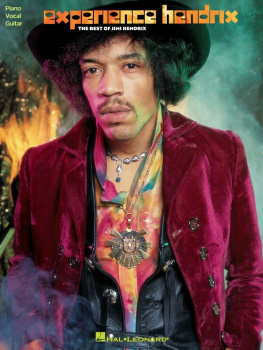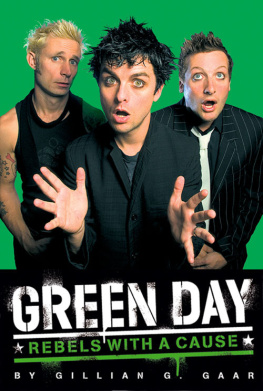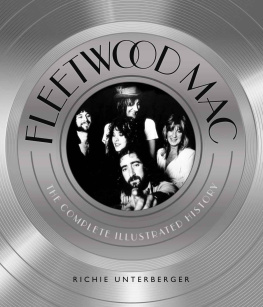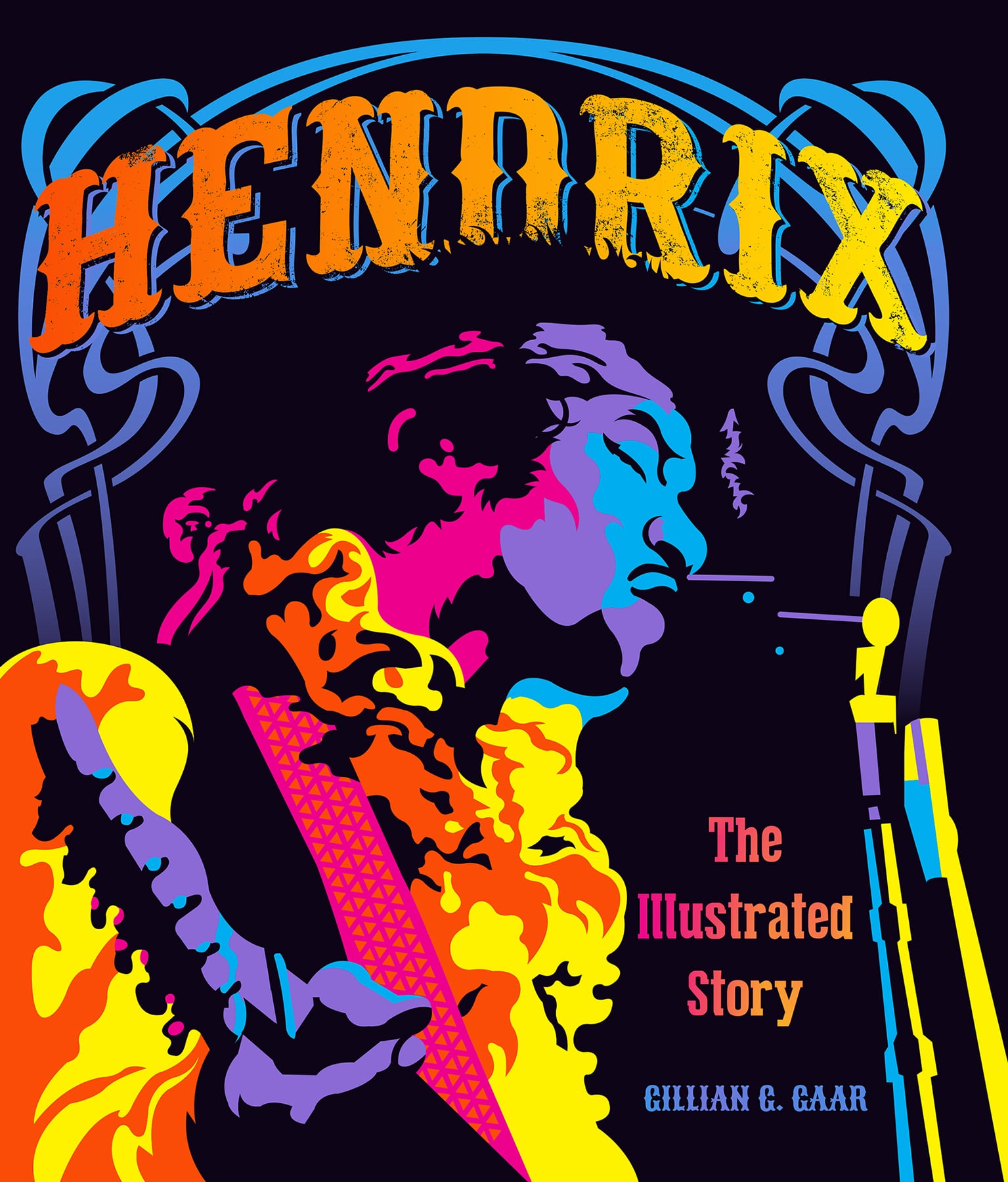May 12, 1966: For Jimi Hendrixthough he was then known as Jimmythe two-week engagement hed signed on for at the Cheetah Club in Manhattan was nothing more than a welcome regular gig (for simplicitys sake this book will use the spelling Jimi). The journeyman guitarist had played hundreds of shows just like it as a backing musician since hed been discharged from the army in 1962, and a residency was certainly much easier than a string of one nightersat least hed be able to sleep in his own bed every night. The club was located in Midtown, and Jimi would be playing with Curtis Knight & the Squires, an R & B act with which hed previously recorded on a number of occasions. He even received his first-ever label credit on Knights recently released How Would You Feel/Welcome Home single; underneath the producers name on the label was the notation Arr. by
Jimmy Hendrix.
Locarno Ballroom, Bristol, England, February 9, 1967. Trinity Mirror/Mirrorpix/Alamy Stock Photo
Jimi had built up an impressive rsum since leaving military service, backing some of the biggest names in R & B and rock n roll: Little Richard, the Isley Brothers, and Ike and Tina Turner. Hed also notched up a few credits as a session musician (mostly uncredited). As yet, no one had fully grasped what kind of a musician Jimi was or what he could actually do. As he arrived for the first night at the Cheetah Club, strapped on his guitar, and took to the stage, he could hardly have imagined that during the run hed meet someone who would change the course of his lifeand rock historyforever.
Sitting in the sparse audience one night was Linda Keith, a British model, a girlfriend of the Rolling Stones Keith Richards, andmost importantlya big music fan. When Jimi met Linda after the gig, it provided him with his first step out of the realm of anonymity. Just one year later hed be the hottest rising talent in rock, boasting a Top 10 album in the UK, drawing sellout crowds both there and in Europe, dazzling audiences with his superlative skills, and on the verge of returning to the United States to make one of the landmark performances of his career at the Monterey International Pop Festival.
It would all come to an end far too soon with Jimis death on September 18, 1970, at the age of twenty-seven. But decade after decade, his legacy has continued to grow, his music inspiring generation after generation of musicians. He took the electric guitar in directions no other guitarist had even dreamed of going.
Part of Jimis skill on his chosen instrument was due to his long fingers, giving him a dexterity other guitarists lacked. But he had more than just physical attributes working in his favor. From a young age, Jimi had a fascination with music and soundand a strong determination to master the secrets of both. From the moment he got his first guitar (which initially only had one string), he set about figuring out just how many different sounds he could get out of the instrument. Though he exhibited a decided lack of discipline in other areas of his life, he never tired of picking up his guitar. Even when Jimi had a full schedule of concert dates, hed frequently head out after a show, looking to sit in at a local club. On the last night of his life, he was expected to turn up at a London club to jam with Sly Stone.
Star-Club, Hamburg, Germany, March 1967. Sueddeutsche Zeitung Photo/Alamy Stock Photo
Do a search of Best Guitarists of All Time lists, and Jimi Hendrix is invariably on top. As David Fricke put it in his own 100 Greatest Guitarists list for Rolling Stone in 2010, In the end, I looked at it this way: Jimi Hendrix was Number One in every way; the other 99 were all Number Two. People dont just cite Hendrixs skill on the guitar. They talk about his imaginative approach to playing, his fusion of blues and rock to create something more powerful, his ability to push equipment to the limit in creating new sounds, and, most of all, how easy he made it all look.
David Fricke also wrote of his experiences seeing Jimi in live performance:
I feel sad for people who have to judge Jimi Hendrix on the basis of recordings and film alone; because in the flesh he was so extraordinary. He had a kind of alchemists ability; when he was on the stage, he changed. He physically changed. He became incredibly graceful and beautiful. He did this thing where he would play a chord, and then he would sweep his left hand through the air in a curve, and it would almost take you away from the idea that there was a guitar player here and that the music was actually coming out of the end of his fingers.
Fricke added that while watching Jimi play at the Scotch of St. James club in London, he and Eric Clapton gripped each others hands in their excitement: What we were watching was so profoundly powerful. No one can have that kind of experience again, of course, but theres still much to discover in Jimis music, not least because theres now so much out there. Jimi released three studio albums and one live album during his lifetime, but that number has since been dwarfed by posthumous releases. Now the listener can really get inside to learn how his music was created, tracing a song from demo to completion, or marvel at how he really stretched out when performing on stage.
Jimis own story is fascinating as well. He started out in impoverished circumstances, largely raised by a single father, often going hungry and stuffing cardboard in his shoes when he got a hole in the sole. His early years in the music business werent much easier as he scrabbled to find work and barely made enough to make ends meet. But when he finally stepped out front to head up his own band and make his own music, it didnt take him long to find a receptive audience. The years of preparation had stood him in good stead.
Jimi Hendrixs fondest wish was to succeed in music. He loved nothing more than talking about music, listening to music, recording music, and playing music. The music he left behind provides a rich legacy, one that can beand will beexplored for new inspiration, time and again.
Star-Club, Hamburg, Germany, March 16, 1967. Gunter Zint/K & K Ulf Kruger OHG/Redferns/Getty Images
CHAPTER 1
SPANISH CASTLE MAGIC DAYS
When Johnny Allen Hendrix was born on November 27, 1942, in Seattle, Washington, his family was already in a state of flux. From the very beginning, the future guitar hero was adrift in a world of instability. It was something that would follow him throughout his short life.

















